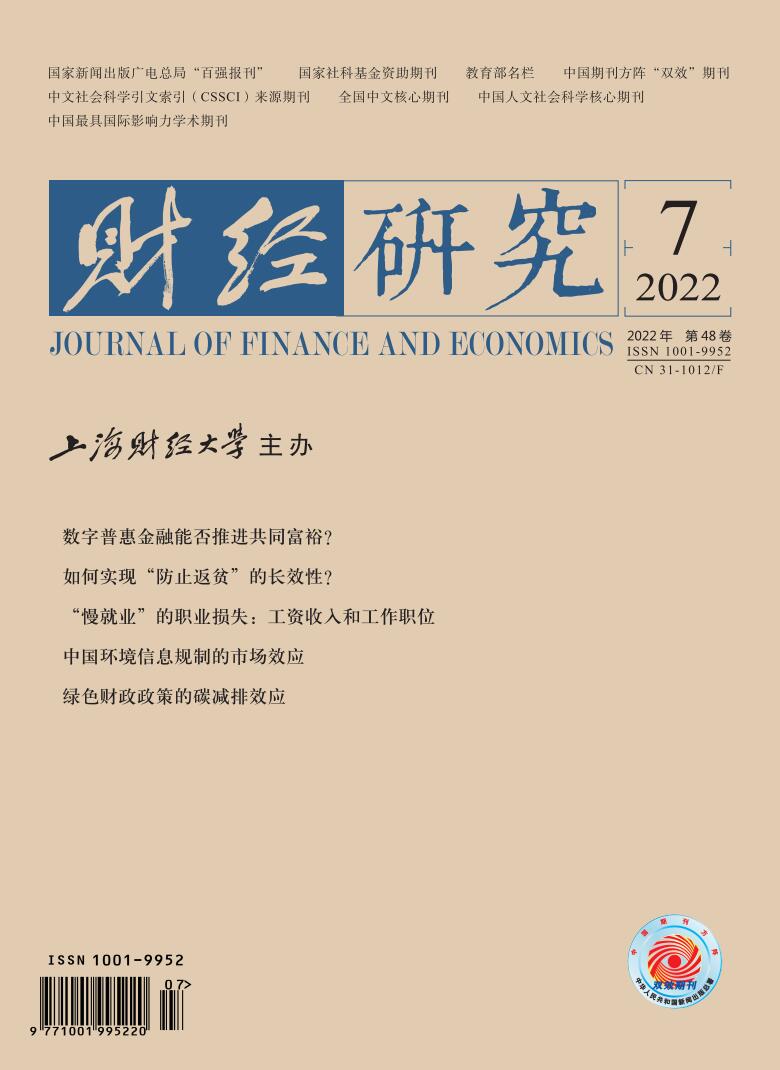Currently, digital technology has been widely used in production and life. Digitization has both increased productivity and brought about new labor-allocation effects. Existing studies generally believe that digitalization has a positive impact on the employment and wage of workers, but there is a lack of special research on “vulnerable employment groups”. At the same time, faced with an aging population and a waning demographic dividend, the Chinese government is devoting to increasing employment opportunities. In recent years, female employment has become an important issue in the context of changes in the one-child policy and increased employment discrimination. Digitization has promoted the servitization of manufacturing and the flexibility of jobs. The labor market has provided more and more jobs suitable for women. Therefore, female employment has great growth potential. In view of this, this paper studies the impact of digitalization on female employment and its mechanism.
Based on the task-biased technological progress hypothesis, this paper takes STEM skills and social skills as non-routine skills complementary to digitalization, takes physical skills as routine skills mutually exclusive to digitalization, and uses the dictionary of occupational titles to get skills of workers. Using the data of China Labor Dynamics Survey from 2014 to 2018, this paper quantitatively analyzes the impact of digitalization on female employment and its mechanism. The findings are as follows: (1) The estimation results of instrumental variable method and robustness test both show that digitization has a significant promoting effect on female employment, and the promoting effect is stronger than that of male employment. (2) The mechanism analysis shows that, with the digital revolution, females’ social skills have a higher premium, and the value of males’ physical skills gradually depreciates. Digitalization also reduces the gender discrimination of labor market, and the female-male relative market wage increases, so the employment promoting effect of digitalization is female-biased. (3) Heterogeneity analysis shows that digitalization still has a significant effect in promoting the employment and wage of women who are married or have young children, and it has a stronger effect in promoting young and well-educated women.
The innovations of this paper are as follows: (1) In the digital era, artificial intelligence technology has been able to replace low and medium cognitive skills. The unique innovation lies in the critical introduction of science and engineering skills as a kind of advanced cognitive skills that women generally lack, so as to more comprehensively analyze the opportunities and challenges faced by female employment in the digital era. (2) It explains the micro mechanism of digitalization affecting female employment, points out the importance of women’s STEM skills and social skills in the digital era, and points out the alleviating effect of digitalization on gender discrimination in the labor market. (3) It deeply analyzes the interactive impact of digitalization and children care on female employment and how women could gain long-term competitive advantages in the digital era, providing useful reference for China to improve population and employment policies, and the education system in the digital era.





 5208
5208  5338
5338

